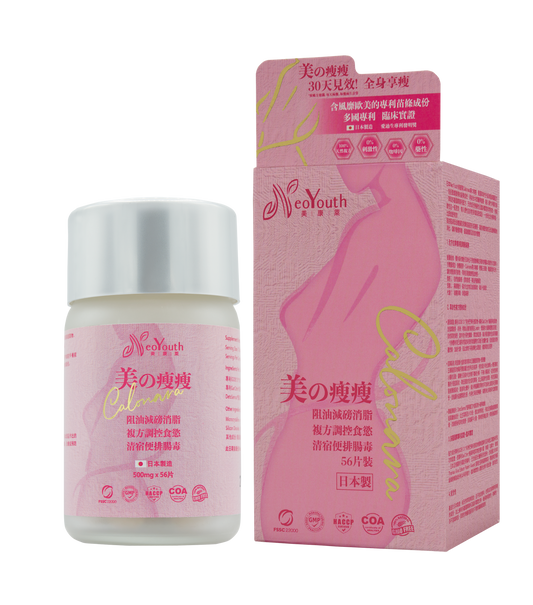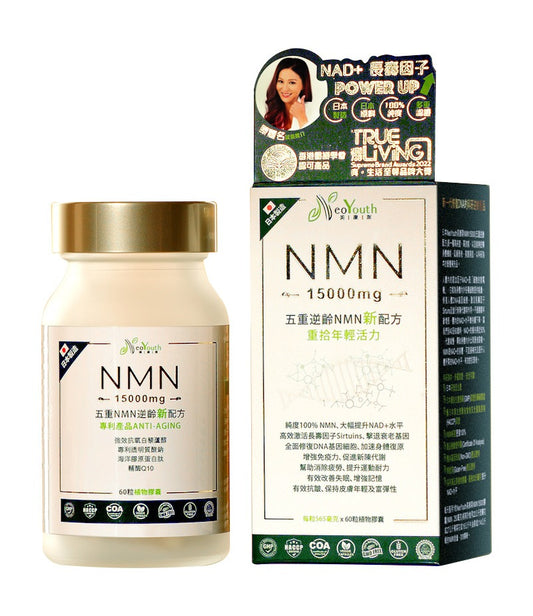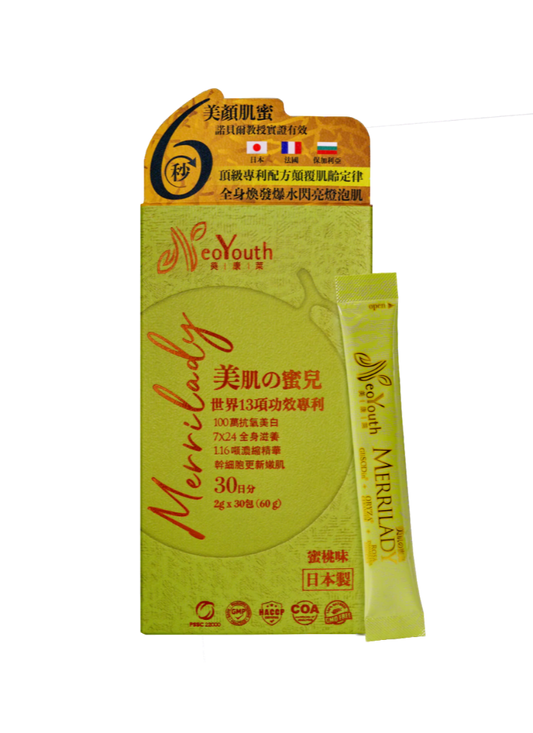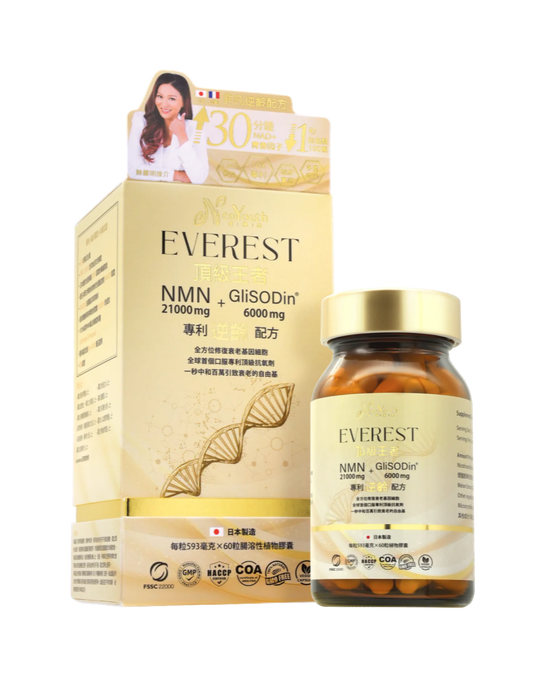NMN supplements are becoming a new favorite in anti-aging; this article teaches you how to distinguish between NMN and NAD+.
Recently, NMN, as an emerging anti-aging ingredient, has become a hot topic in nutritional supplements, with a plethora of NMN products appearing on the market. Just how effective is NMN in anti-aging? Below, we will introduce what NMN is and explain the difference between NAD+ and NMN, which are often mentioned together.
What is NMN?
NMN (Nicotinamide Mononucleotide) is a substance inherent in human cells and is the most direct precursor to NAD+. Once NMN enters a cell, it can be converted into NAD+ in one step. Many studies have shown that NMN can effectively combat aging, significantly improve signs of aging, and extend lifespan.
NMN is also found in fruits, vegetables, breast milk, and animals, but its content is very low, so relying solely on daily diet is ineffective in supplementing this component.
What is NAD+?
As mentioned earlier, NMN is rapidly converted into NAD+ after entering the human body. Its function is manifested through NAD+, which governs important chemical processes in the body, including metabolism and DNA repair. As we age, the amount of NAD+ in the body continues to decline, leading to signs of aging.
NMN and NAD+ respectively
NMN is a precursor to NAD+, and it is converted into NAD+ once it enters a cell.
Because NAD+ molecules are larger than NMN molecules, they cannot directly enter cells and are difficult to supplement orally and be absorbed by the body. In contrast, NMN molecules are smaller and can directly enter cells, increasing NAD+ levels in the body and effectively combating aging. Therefore, the human body can only increase NAD+ levels by supplementing with NMN.




